
How to Spot Symptoms of Diabetes in an Elderly Woman
Spotting the symptoms of diabetes in an elderly woman early can be a vital step toward improved health and longevity. At Westmont of Fresno, we
Gain expert insights and practical tips to help seniors and their families navigate senior living with confidence.
Category: Activities

Spotting the symptoms of diabetes in an elderly woman early can be a vital step toward improved health and longevity. At Westmont of Fresno, we

Finding simple games for dementia patients can bring immeasurable benefits—from sparking joyful moments to strengthening memory and social bonds. At The Oaks at Nipomo, we
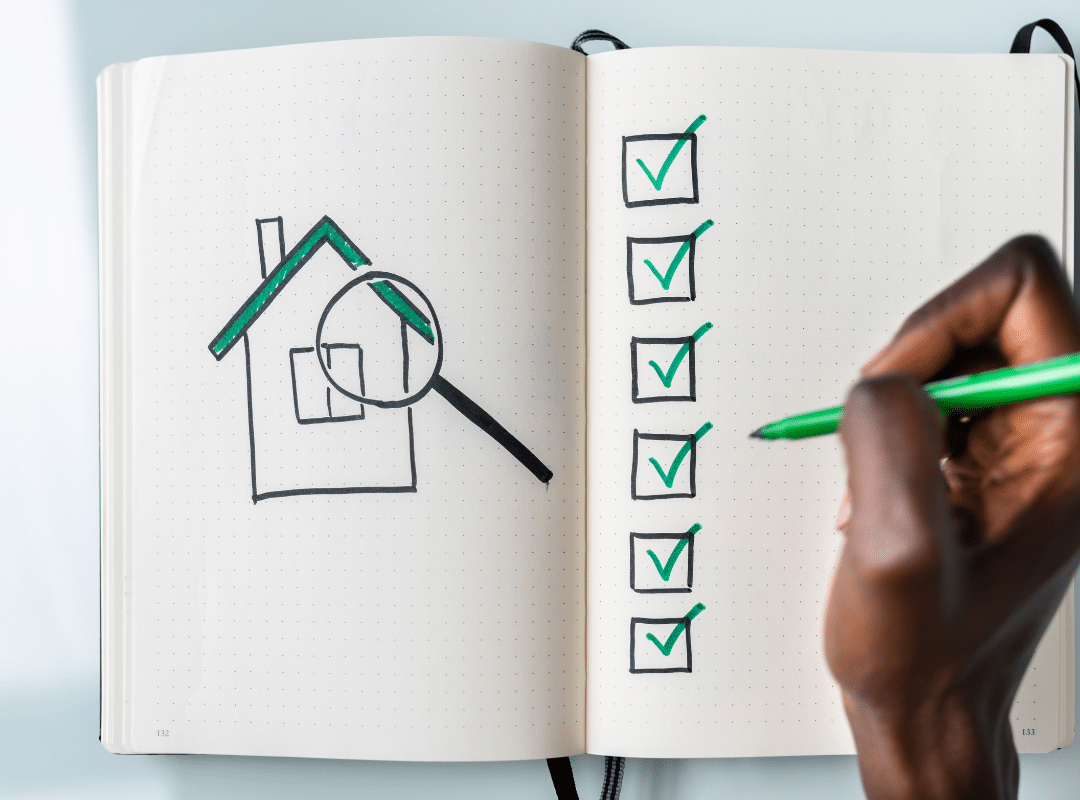
Maintaining independence and confidence starts with a secure living environment, especially for aging adults. A well-structured home safety checklist for seniors is one of the

Planning for senior independent living costs is a crucial part of retirement decision-making. Whether you’re planning for yourself or a loved one, understanding the complete
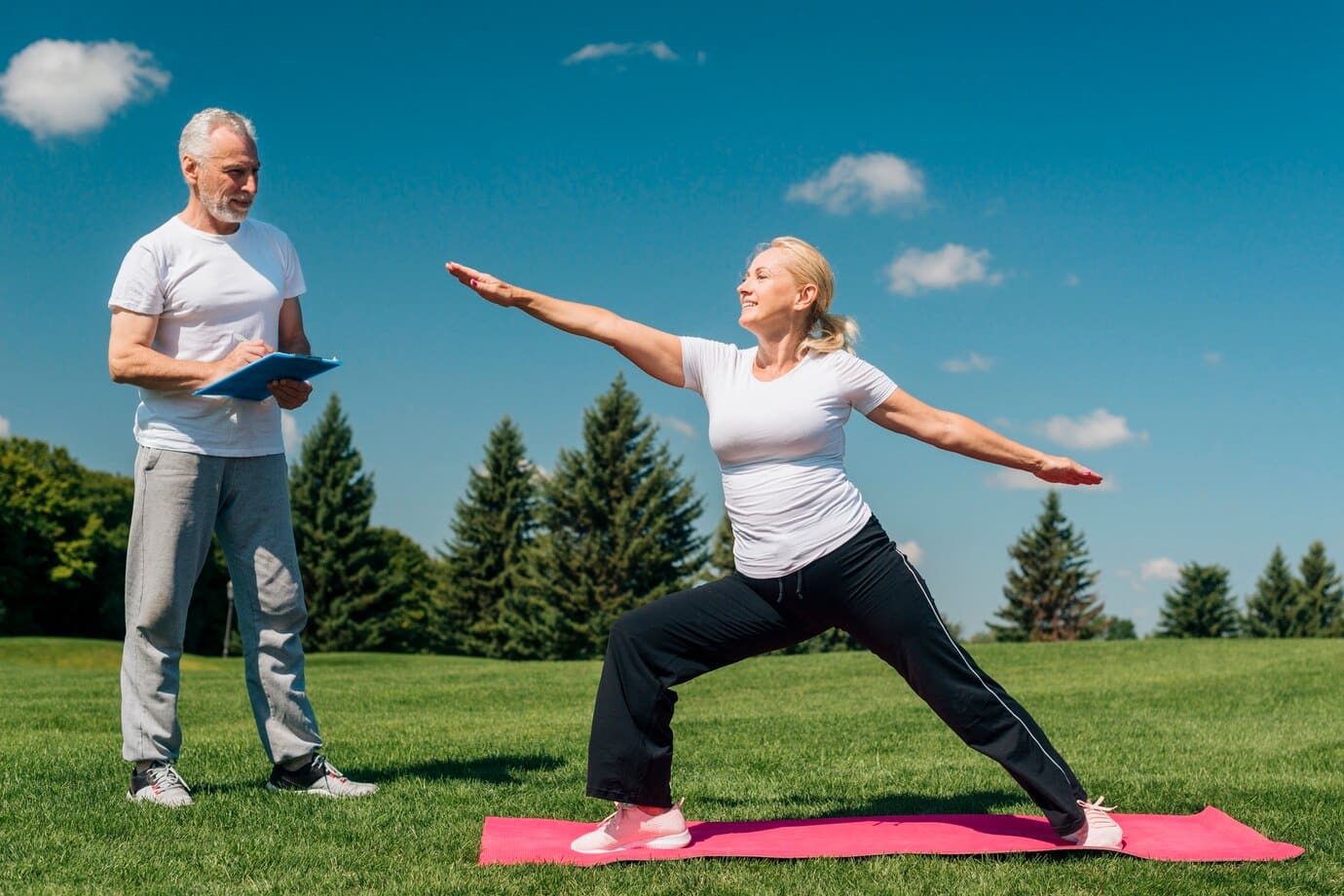
Looking for ways to stay active and healthy as you age? Senior exercise programs are a powerful solution that can transform your physical, mental, and
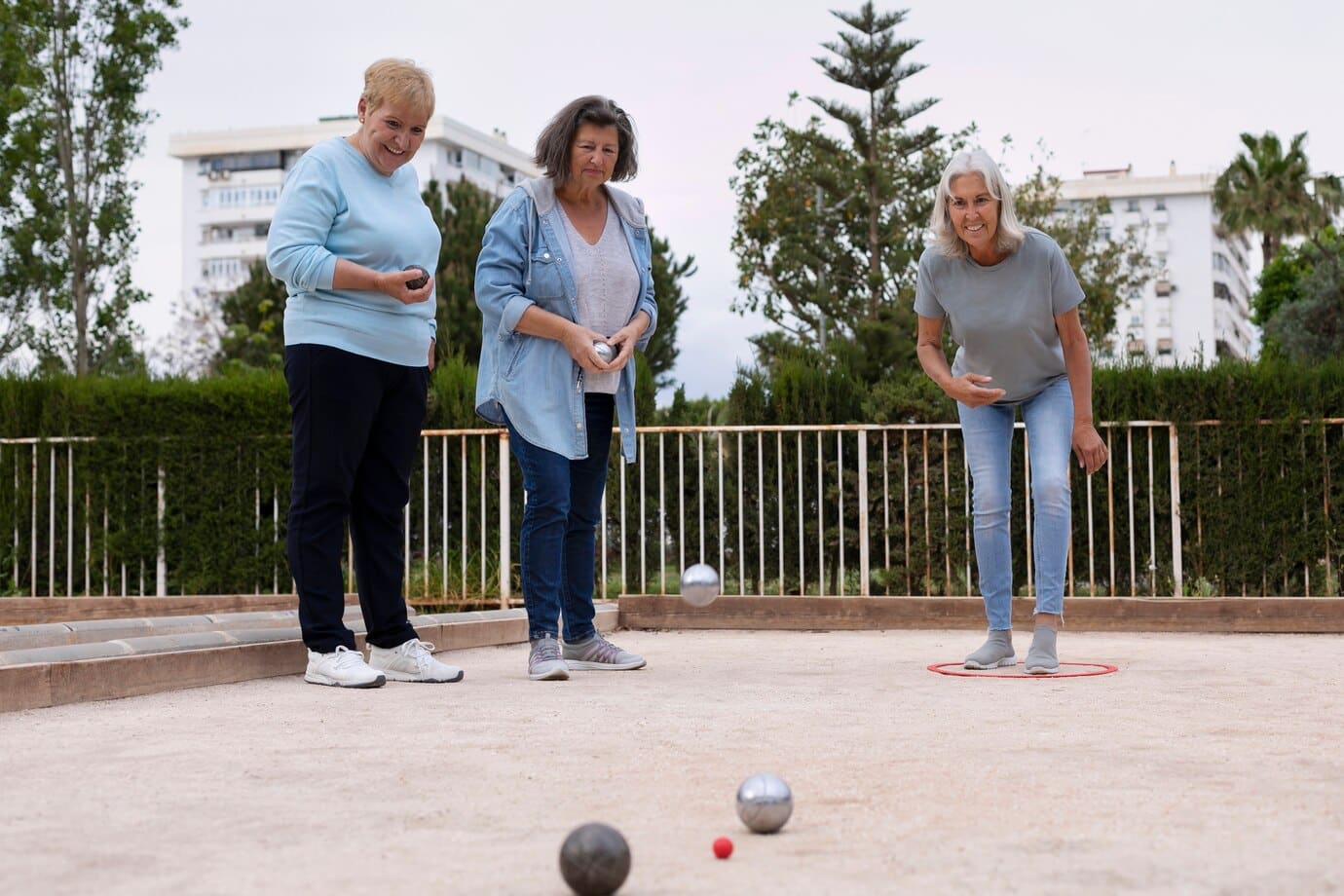
Outdoor games are more than just a way to pass the time—they can be a powerful tool for promoting health, connection, and joy among seniors.

As we age, our bodies undergo numerous changes that impact nutritional needs. Maintaining proper nutrition becomes increasingly important with age-related declines in appetite, nutrient absorption,

A cough in elderly individuals isn’t just a passing symptom—it can be a sign of underlying health issues that require careful attention. Whether it’s a

Engaging seniors with dementia through activities that foster joy, connection, and mental stimulation is vital. One beloved activity that does just that is the 20
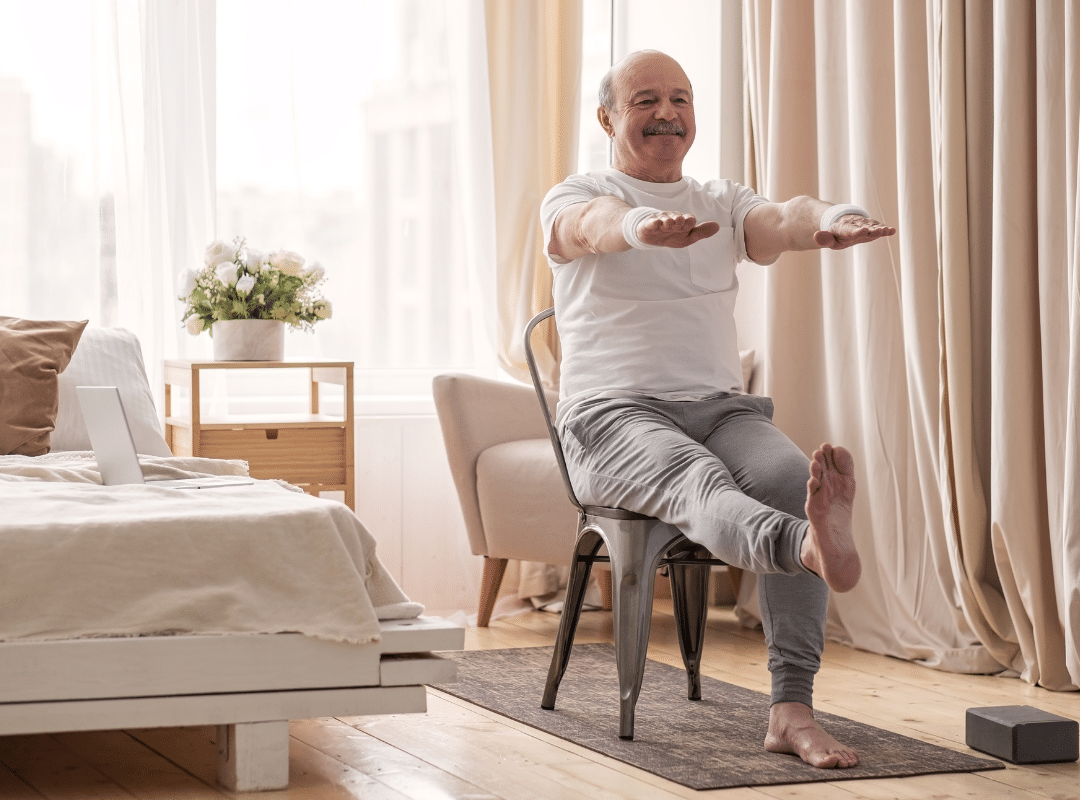
Maintaining leg strength is vital for seniors seeking to stay independent, mobile, and confident in daily life. At Westmont of Fresno, we understand that a
Discover the level of care you or your family member requires.
Popular Blogs
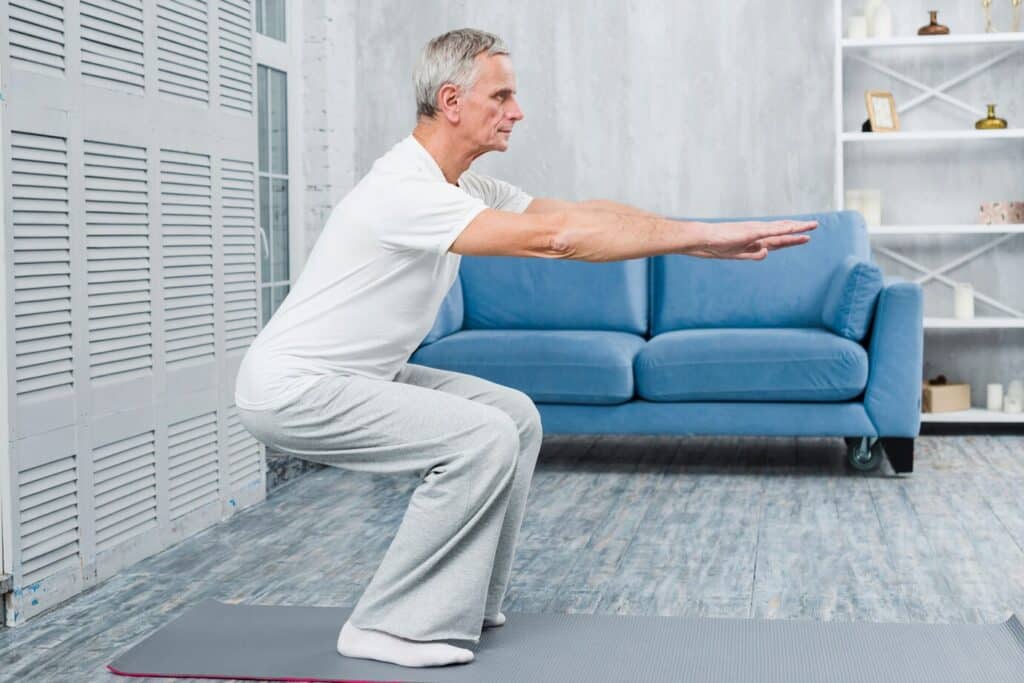


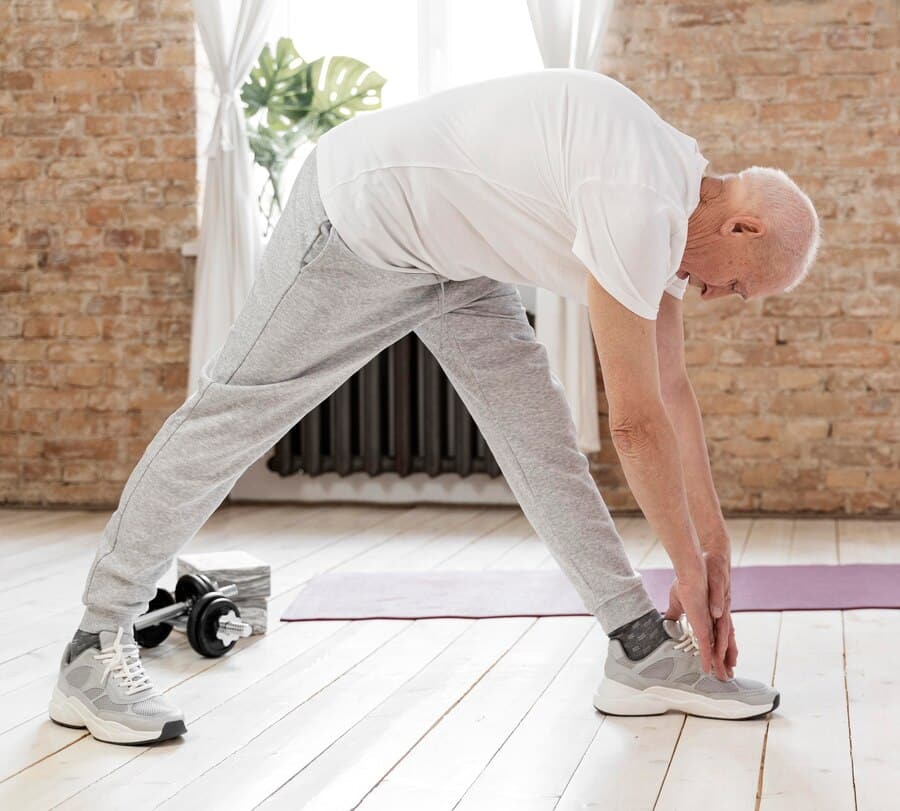

Find out if you or your loved one’s current lifestyle is best suited for long, healthy aging.
Each of our communities across California and Oregon offers a unique blend of activities, connection, and wellness.
Embrace a lifestyle where your interests and independence are celebrated every day.
9000 Murray Drive La Mesa, CA 91942
Luxury redefined in a resort-style setting, tailored for dynamic senior living experiences.
190 Via Jero, Goleta, CA 93117
Where warmth meets care, curating an inviting senior living experience.
17050 Arnold Drive Riverside, CA 92518
A harmonious blend of belonging, independence, and enriching senior lifestyles.
All Rights Reserved. Powered by ConversionFormula.
Pick a Westmont community to explore and schedule your personal walkthrough!
Make yourself at home where a happy, healthy lifestyle goes hand-in-hand with your personal fulfillment, enrichment, and growth.
Answer a few quick questions to unlock the exciting future senior living can offer!